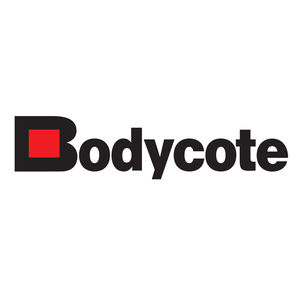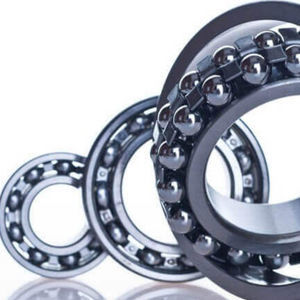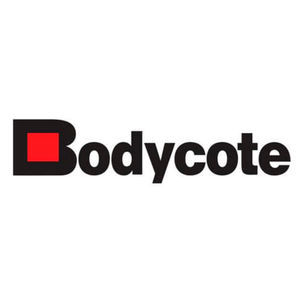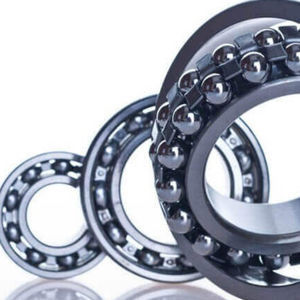
Agriculture boriding ISO 9001ISO 14001ISO/TS 16949

Add to favorites
Compare this product
Characteristics
- Applications
- agriculture
- Certifications
- OHSAS 18001, ISO 14001, ISO 9001, ISO/TS 16949
- Production method
- medium series, small series
Description
Boriding is a thermochemical surface hardening method which can be applied to a wide range of ferrous, non-ferrous and cermet materials. The process entails diffusion of boron atoms into the lattice of the parent metal and a hard interstitial boron compound is formed at the surface. The surface boride may be in the form of either a single phase or a double phase boride layer.
Benefits
Boriding provides a uniform hardness layer from the surface on to the entire depth of the diffused layer. The hardness achieved is many times higher than any other surface hardening process. The combination of high hardness and low coefficient of friction enhance wear, abrasion and surface fatigue properties. Other benefits associated with boriding are retention of hardness at elevated temperature, corrosion resistance in acidic environment, reduction in use of lubricants and a reduced tendency to cold weld.
Application & materials
Boriding is carried out on most ferrous materials, with the exception of aluminium and silicon bearing steels, e.g. structural steels, case hardened, tempered, tool and stainless steels, cast steels, ductile and sintered steels and also air hardened steels. In addition, materials such as nickel-based alloys, cobalt-based alloys and molybdenum can be borided. Nickel alloy can be borided without sacrificing corrosion resistance, as well as producing extreme hard surface wear resistance.
Steels which are not suitable for boriding are nitrided steels, leaded and resulfurised steels.
Typical industries:
Oil & gas, agriculture equipment, automotive, stamping, textile, extrusion and injection moulding.
Catalogs
No catalogs are available for this product.
See all of Bodycote‘s catalogsRelated Searches
- Anodic oxidation
- Aluminum anodic oxidation
- Small series anodic oxidation
- Large series anodic oxidation
- ISO 9001 anodic oxidation
- Medium series anodizing
- Automotive anodic oxidation
- Hardening
- Medical anodizing
- Metal hardening
- Automotive hardening
- ISO 9001 hardening
- ISO 14001 anodizing
- Large series hardening
- Medium series hardening
- ISO 14001 hardening
- Small series hardening
- Steel hardening
- Hardening for the energy sector
- Hardening for the aerospace industry
*Prices are pre-tax. They exclude delivery charges and customs duties and do not include additional charges for installation or activation options. Prices are indicative only and may vary by country, with changes to the cost of raw materials and exchange rates.




























